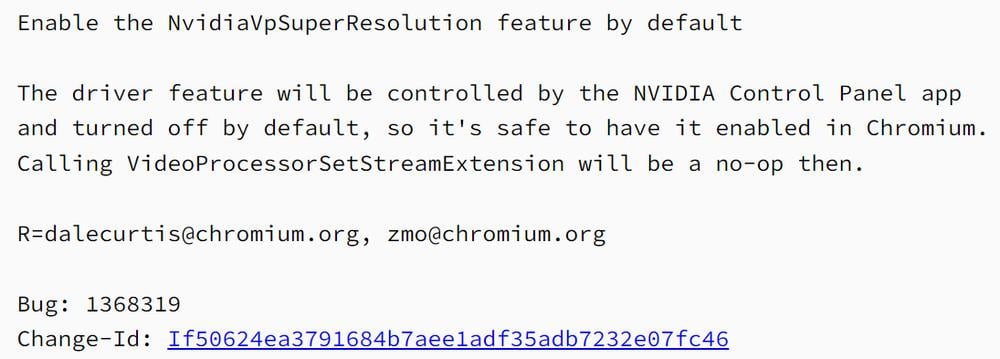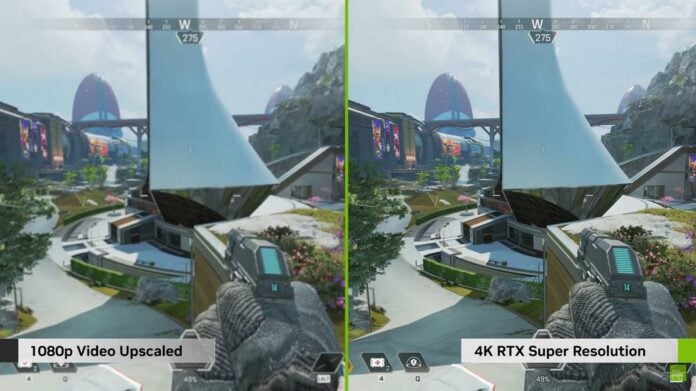Google’s Chrome browser should integrate Nvidia RTX Video Super Resolution in its upcoming update, allowing users to enjoy high-quality video from a low-bitrate streaming source.
Looking at Nvidia’s demo video, the improvements are quite substantial. Taking a low-bitrate stream and upscaling it to native 4K is extremely beneficial to on-demand video platforms such as Twitch, YouTube, or Netflix. By sending lower resolutions, these services will need less Internet bandwidth, lower power for encoding, and maybe even less storage capacity if the technology becomes reliable enough to ditch high-fidelity files. For example, playing the same movie at 4K UHD on Netflix consumes more than double the data required for 1080p, or seven times that of standard definition (7GB, 3GB, and 1GB, respectively).
Note that Nvidia is yet to release compatible drivers, after which the setting should be available in the control panel. By default, the option seems to be disabled, probably to avoid unnecessary activations or bugs.

But that is not all. Some platforms simply don’t offer definitions higher than Full HD, leaving 4K display owners with a reduced or even degraded experience. Using this upscaling technology should provide them with more enjoyable quality without requiring more from the streaming service, all while consuming less of the user’s Internet bandwidth. A win-win situation that is much appreciated in today’s connected homes, where every machine is trying to connect to the web.
With positives out of the way, here is a word of caution. We have yet to test this technology in real-world scenarios, which tends to break things often. Next, don’t expect miracles; if the upscaler manages quality to that offered by DLSS 2 or FSR 2, it would be a win already. Why? Because, unlike games where the upscaler has access to more data like vectors and depth parameters, a video is already in its final form and doesn’t have any additional hidden data to salvage.
Finally, some may not be able to enjoy this feature since Chrome 110 is also the first version that will not be made available for Windows 7 and Windows 8.1 systems. A sad outcome for a perfectly capable OS, but that’s how things go. The 110 update should gradually start appearing for non-beta users in upcoming days.

